|
On 22nd October, I finally got the pleasure of recording my 2nd cousin’s group alternative classical quintet 'Zum Roten Igel' aka. 'ZRI' The group required a showreel done to send to agents and labels to really show off what they can do. The university of Hertfordshire utilised the project as an opportunity for field experience for their third year film production students and provided a film crew with a significant amount of cinema-grade equipment.
About ZRI"Beginning with their radical re-scoring of the Brahms Clarinet Quintet to include accordion and santouri (dulcimer), ZRI has developed equally captivating programs which re-imagine Schubert’s great C major quintet, adventure with Charlie Chaplin, and waltz with Schoenberg. The group has performed at major festivals across the UK and abroad and has made critically-acclaimed discs of both the Schubert and Brahms Quintets." Ben Harlan - Clarinet Matthew Sharp - Cello Max Baillie - Violin John Banks - Accordion Iris Pissaride - Santouri If you haven’t heard of a Santouri, you are forgiven. I hadn’t until I first encountered ZRI. The Santouri is the Greek island hammer dulcimer and is quite an interesting instrument, looking like the inside of a piano, 3 strings per note. Recording setupMy recording process was based around my previous experience recording in the piano room at Childwickbury and some research into recording both Accordion and Santouri. Neither of which I had recorded before. I had to whip out the inputs from my recording studio as I don't have a large enough mobile rig to handle such a large recording session. So out came the Apogee Ensemble Thunderbolt and Audient ASP880 straight into the laptop.
Now to put all that into context, here is the full recording of the entire piece I used for the examples. TakesAs everyone was live, there was no room for error and the pressure was on. The film crew needed to get a feel for each piece so they could be shooting the right player/instrument as the right time - during a solo for example. The band weren't particularly familiar with having four cinema cameras and their operators watching them, so there was a little red light fever, but nothing detrimental. They were incredible musicians and each take was usable. It was just about getting THE take. MixClassical musicians tend to be exceptionally good at self balance and ZRI were no exception. Not wishing to alter their natural balance I took the time during setup to make sure this was captured on the way in.
Mastering As per my desire for a modern classical sound, I mastered the tracks up to 0db with an L2 from Waves. Standard EQ (which actually should have been linear...) to give the whole sound a bit of brightness. The resultsAfter a very successful three days, I found myself pretty excited to see and hear the results of the session and they didn't disappoint. In hindsight, I would have liked to try using a small diaphragm condenser on the violin to achieve a bit more isolation from the rest of the group, leaving me with more control in the mix. Overall, I'm really pleased with how the recordings sound and I very much hope the band will be too. At the time of publishing, the final videos are not yet released, but I will be editing this blog post to include a playlist of the videos once they are available. Discover ZRIWebsite - https://www.zrimusic.com Facebook - https://www.facebook.com/ZRImusic YouTube - https://www.youtube.com/user/ZRiMusic Categories All ArchivesComments are closed.
|
AuthorJack Elliott Hobbs is a lighting, camera and sound specialist, hailing from a large family of film-makers, artists and musicians. His passion is in telling the stories about creative people, portrayed in bespoke style, clarity and vision. Categories
All
Archives
March 2024
|
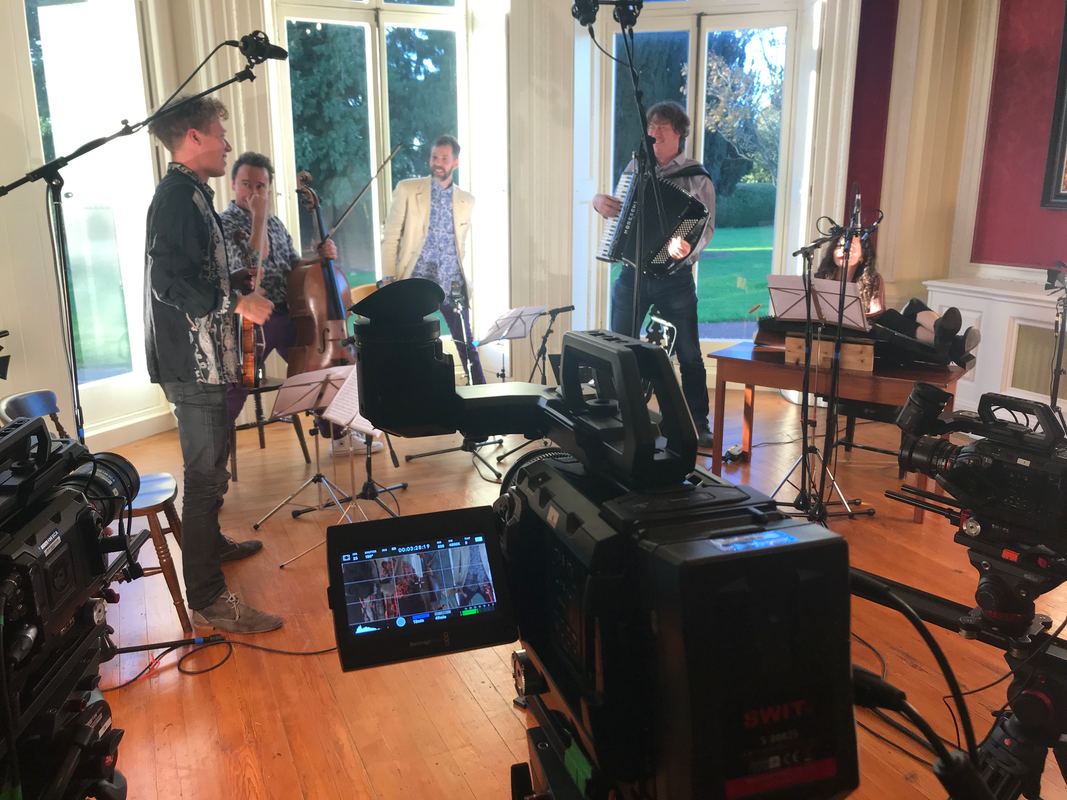

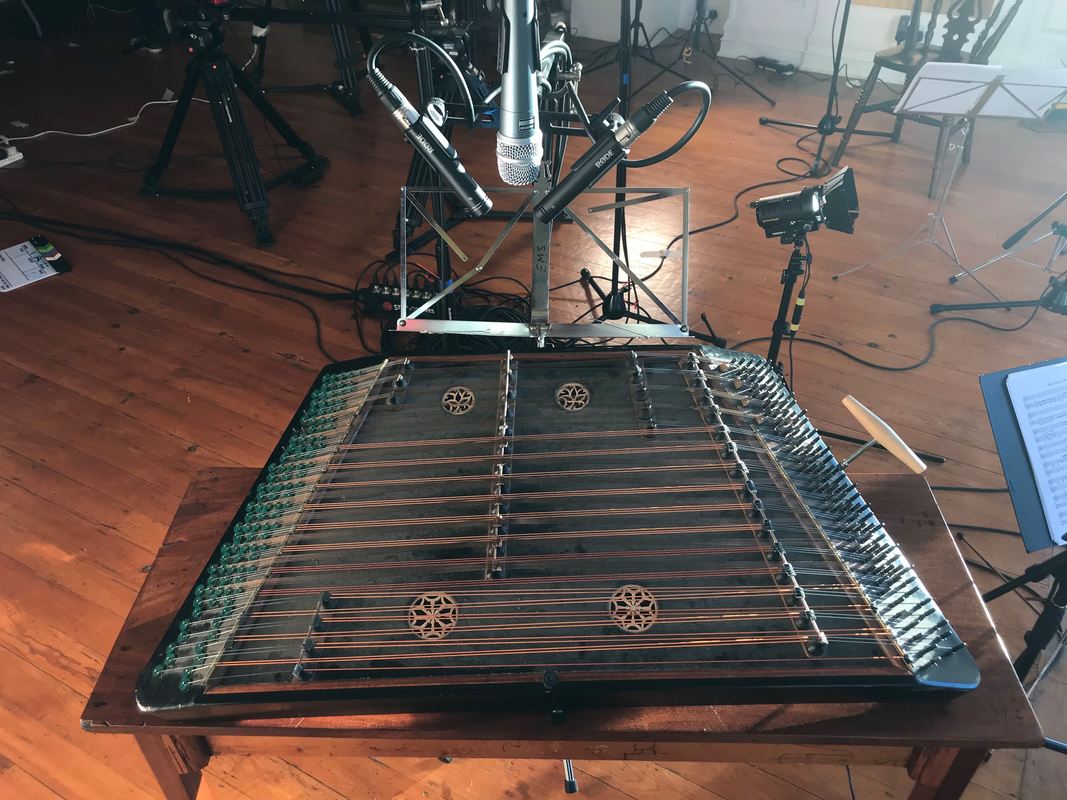
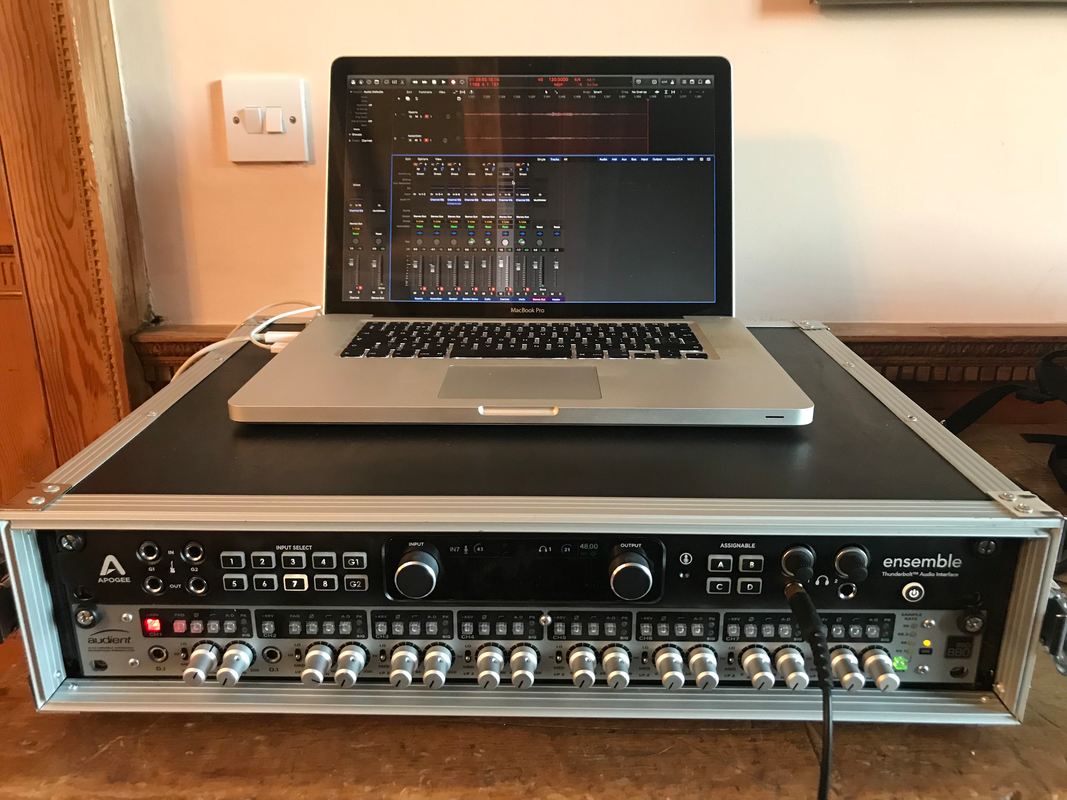
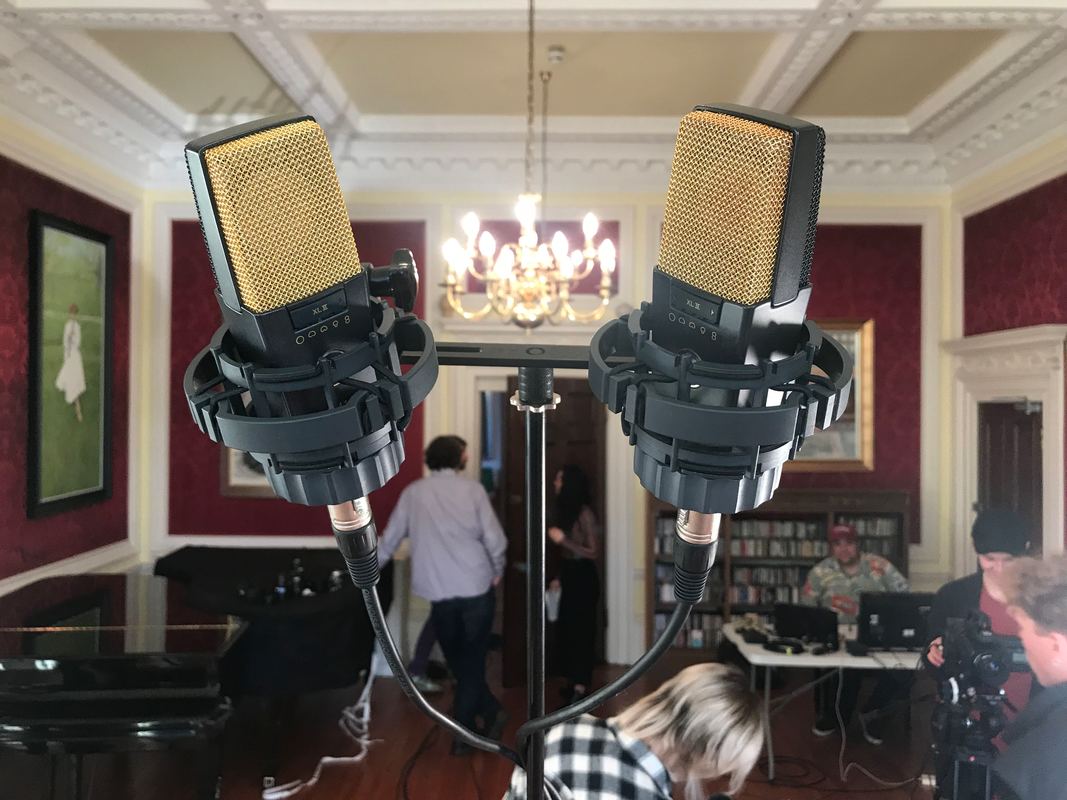
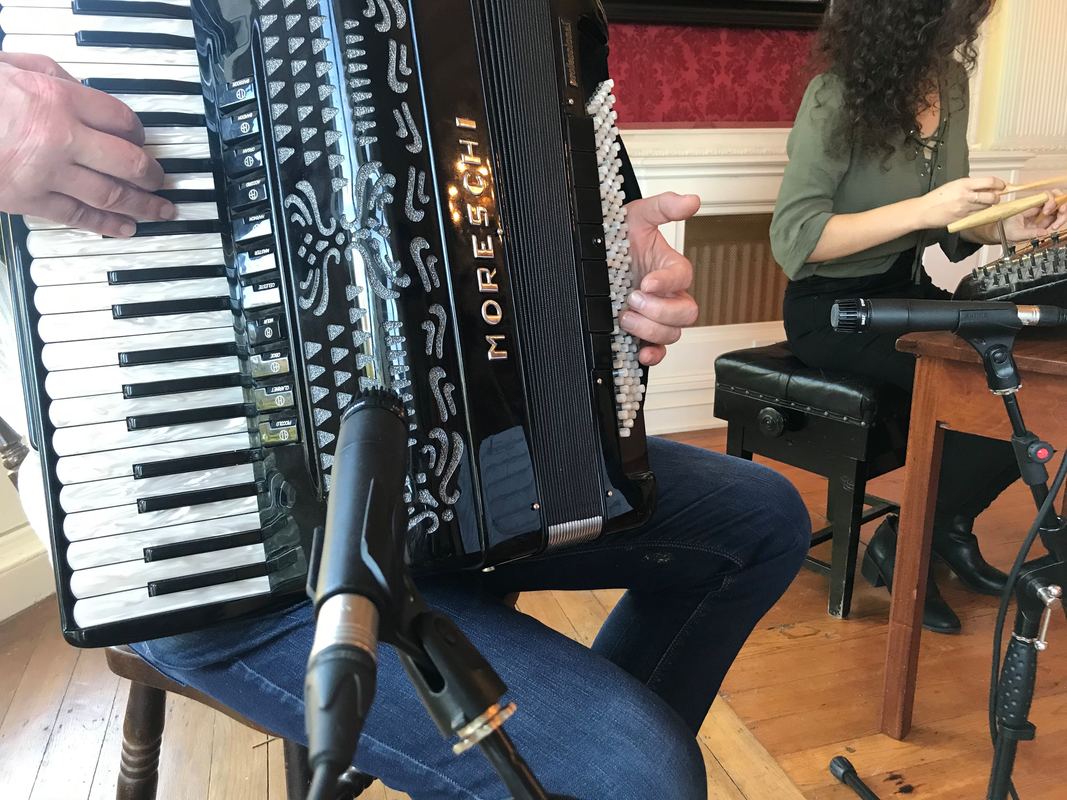
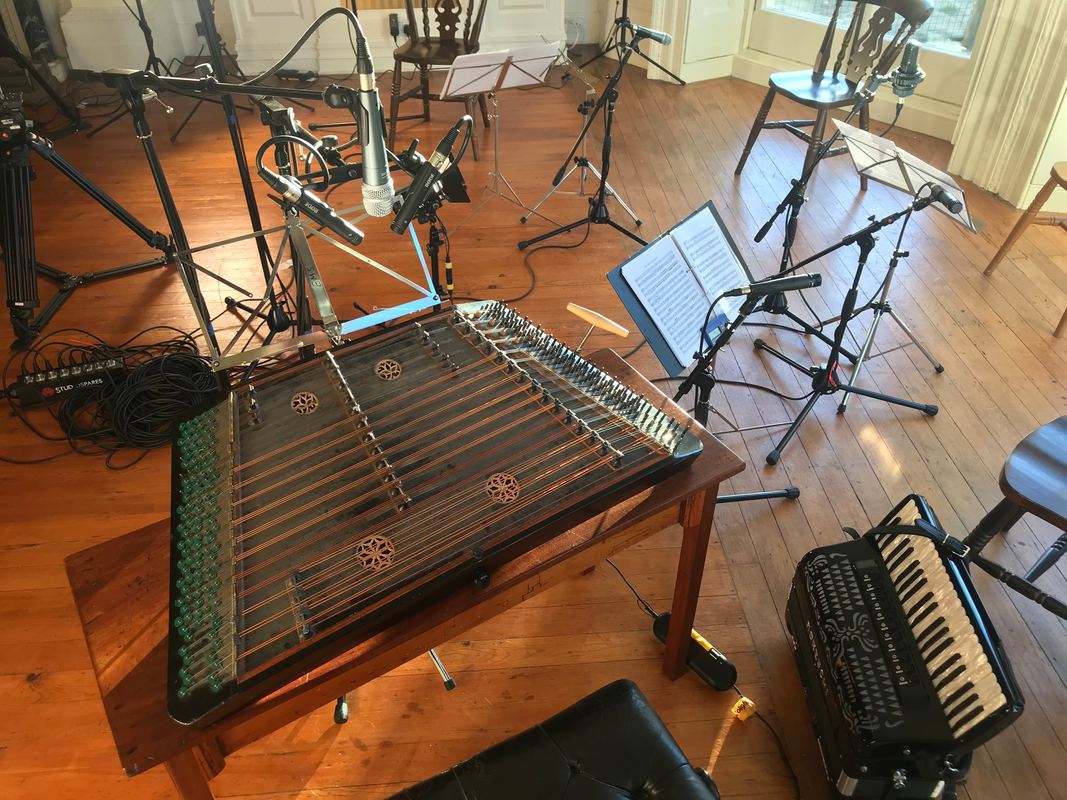
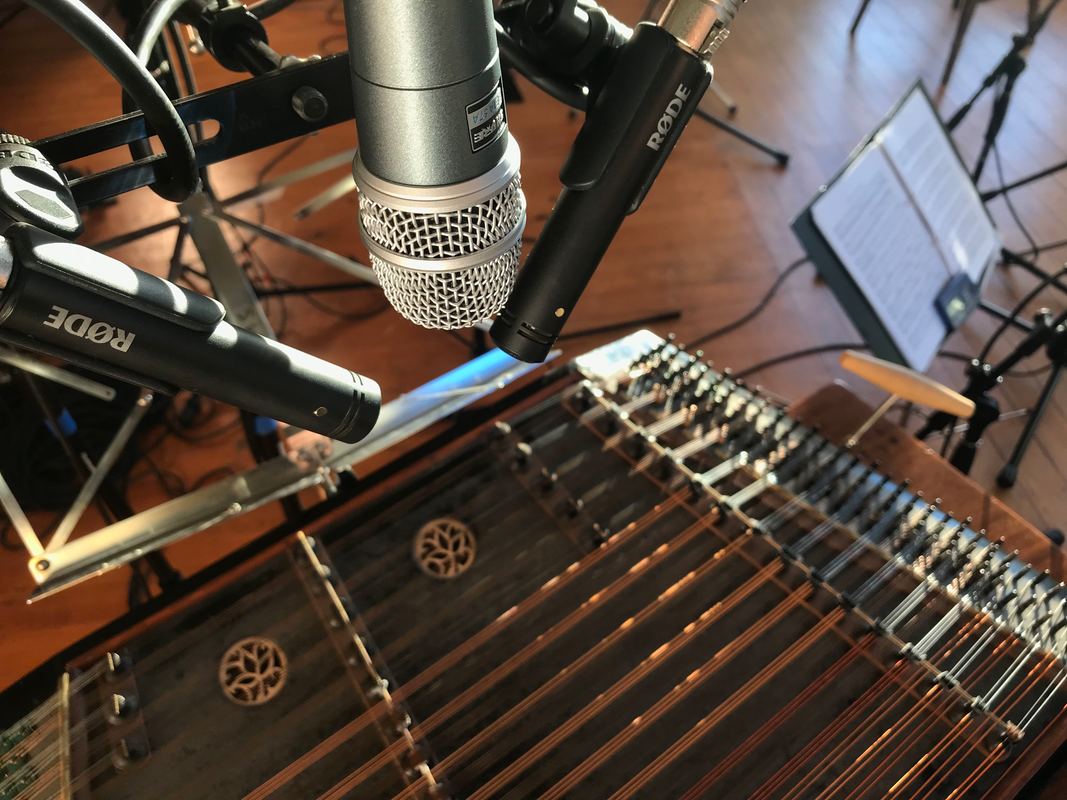
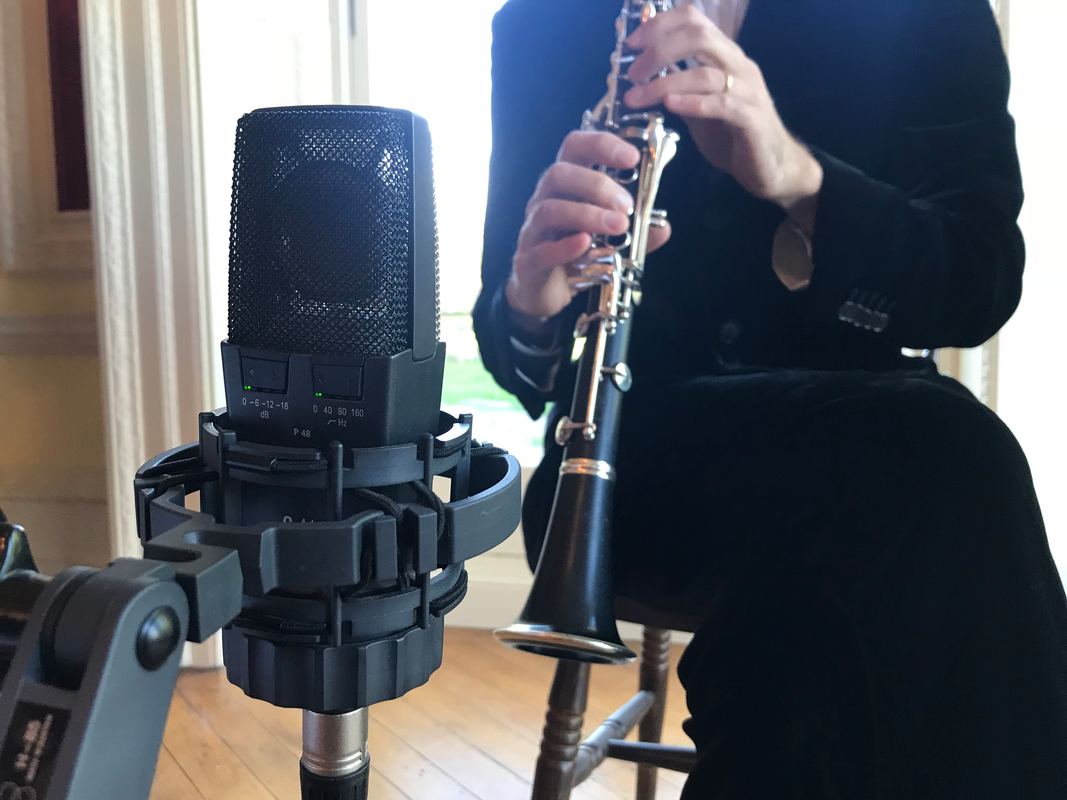
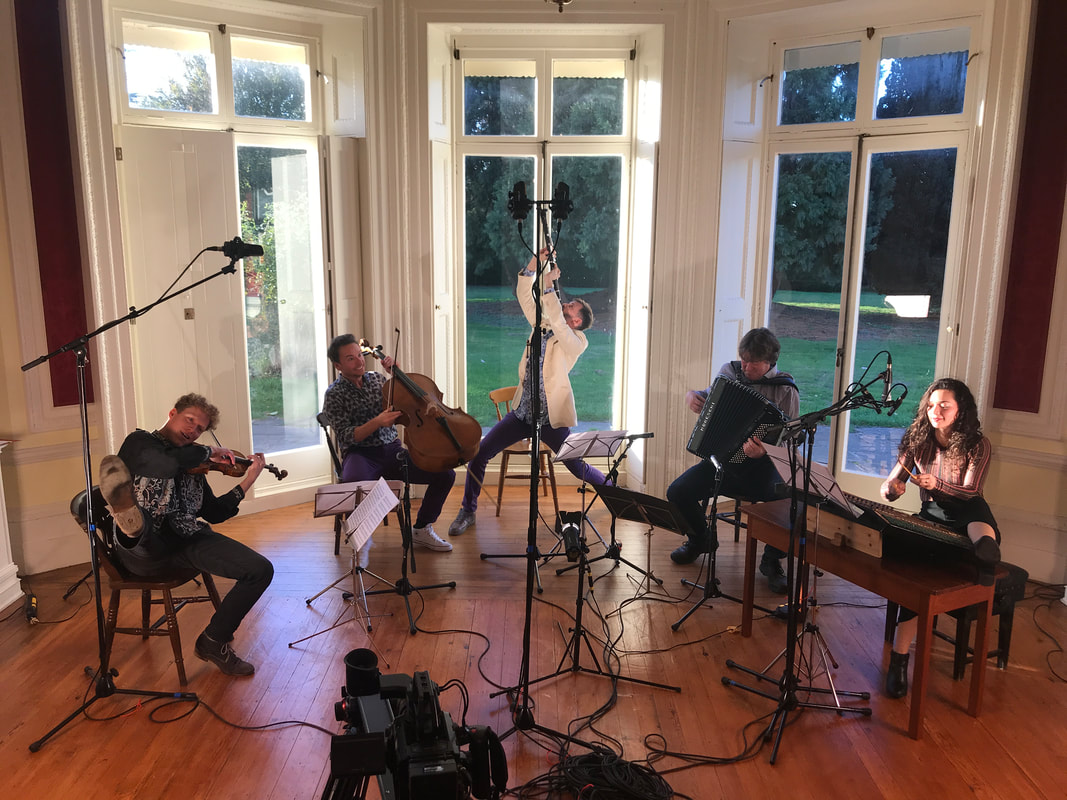
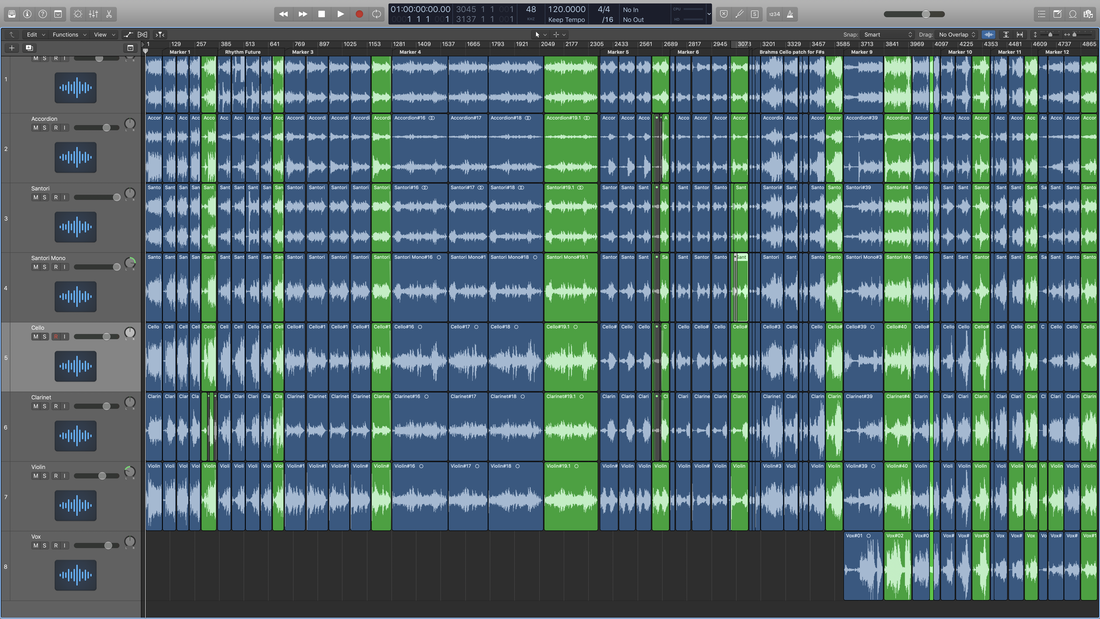
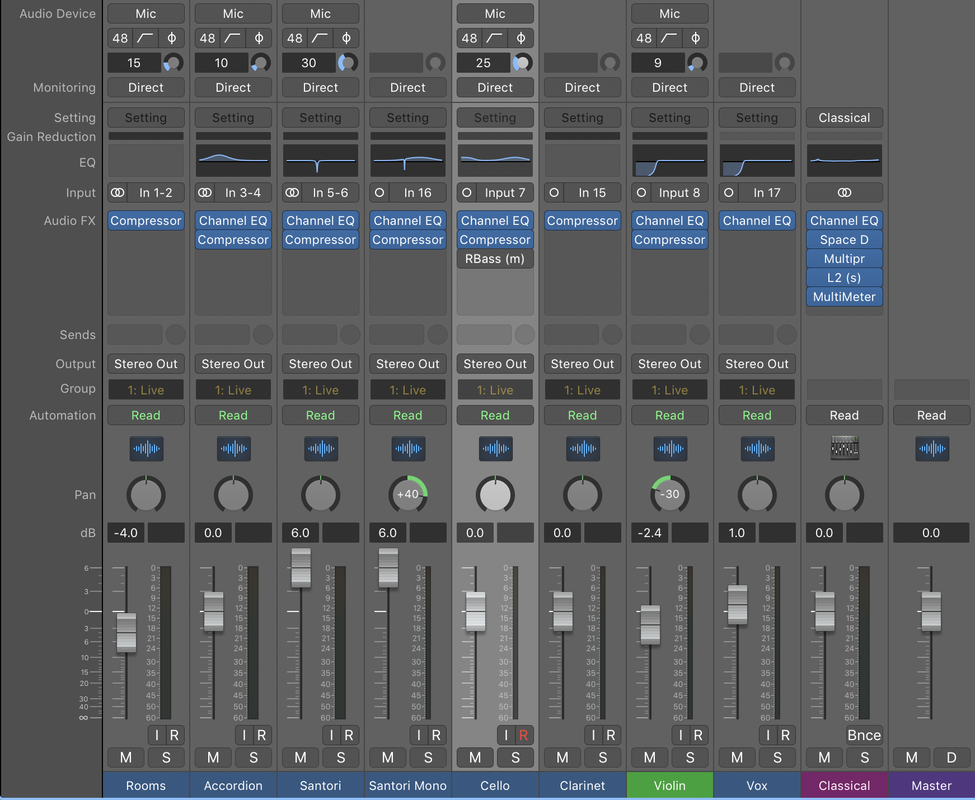
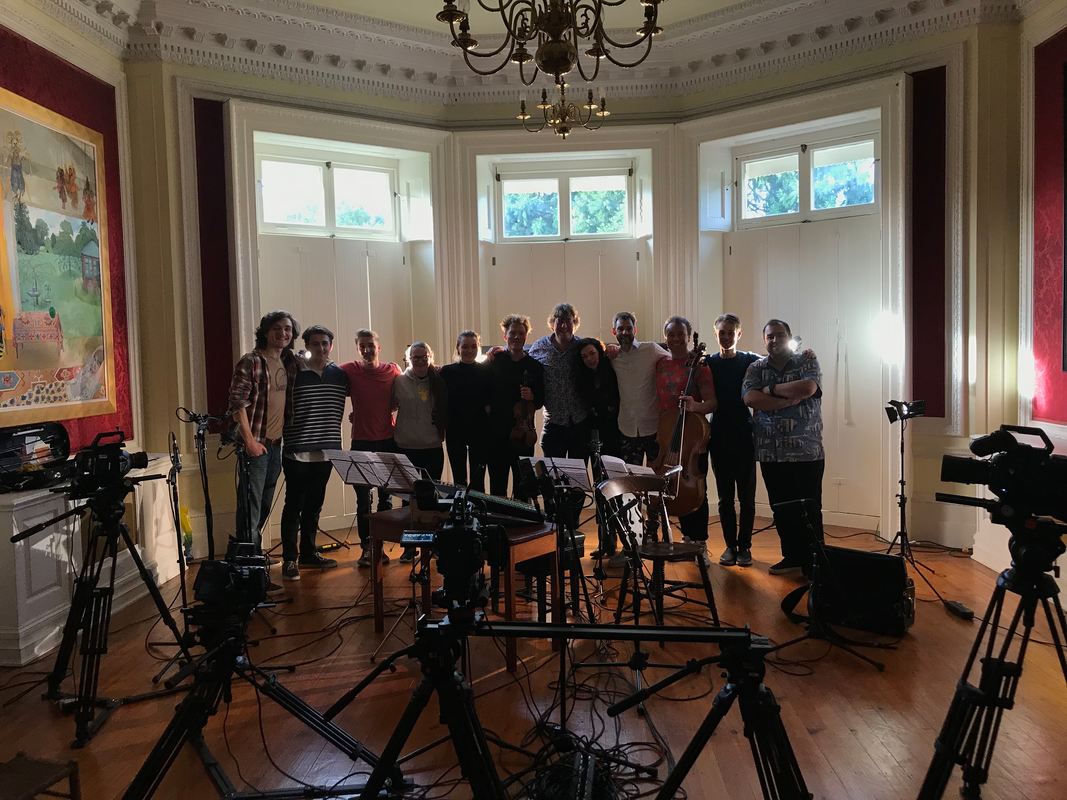
 RSS Feed
RSS Feed